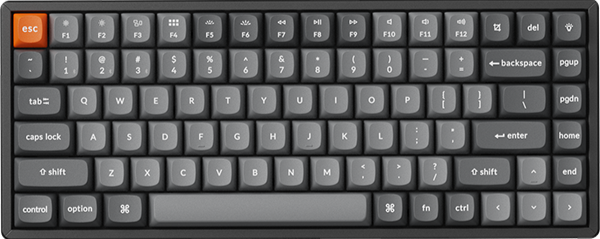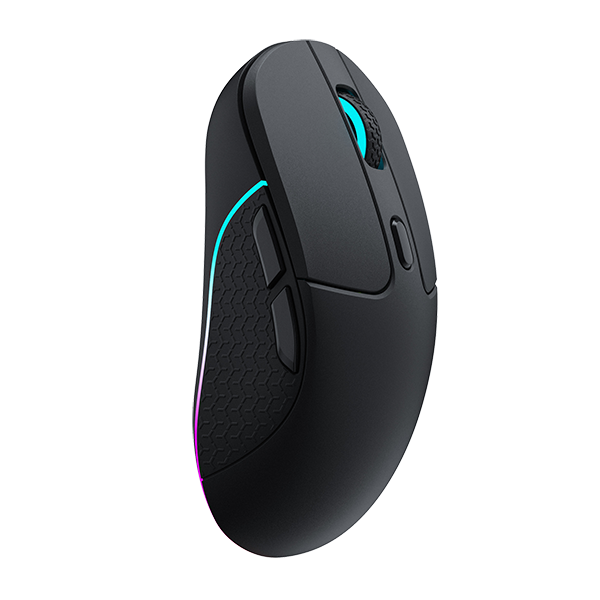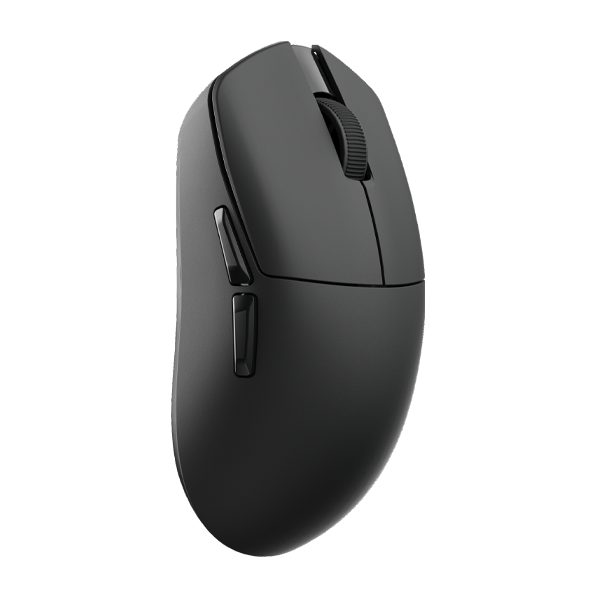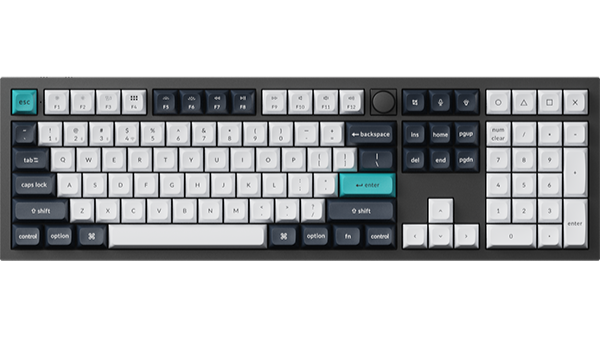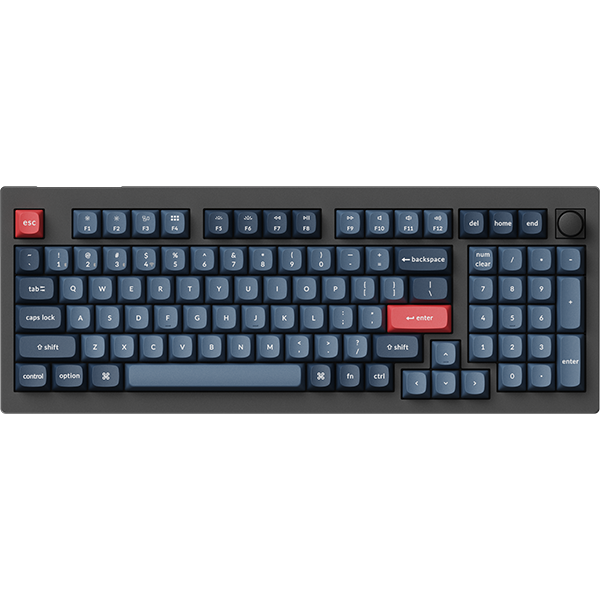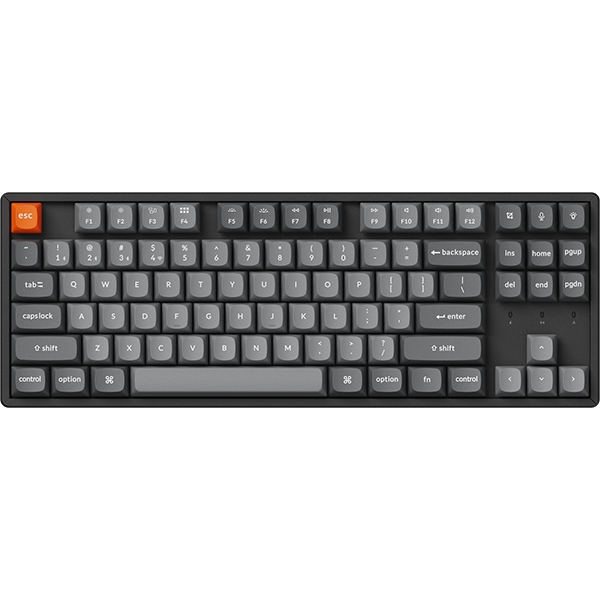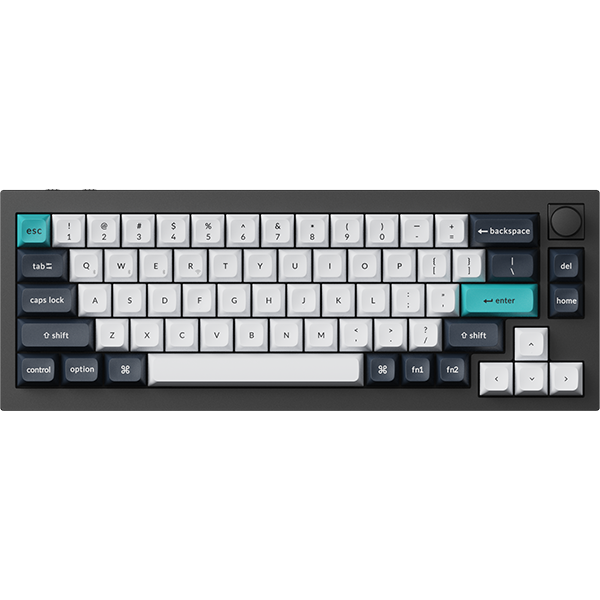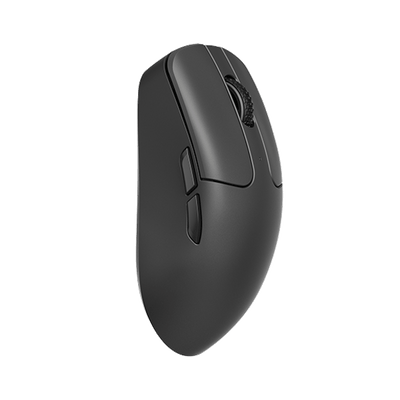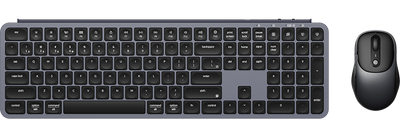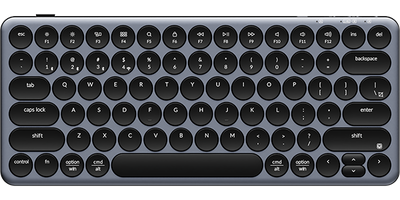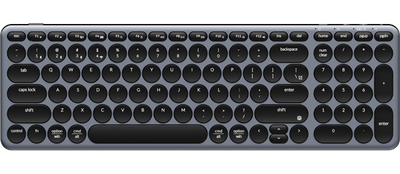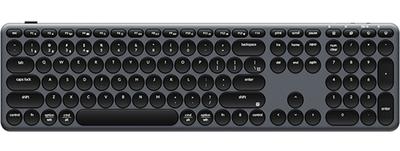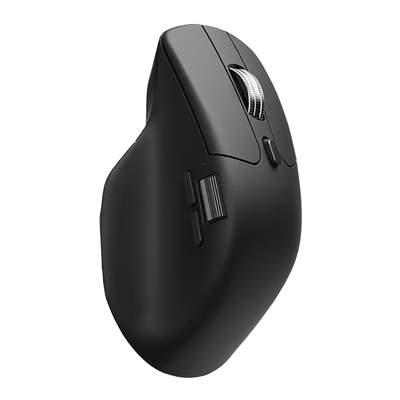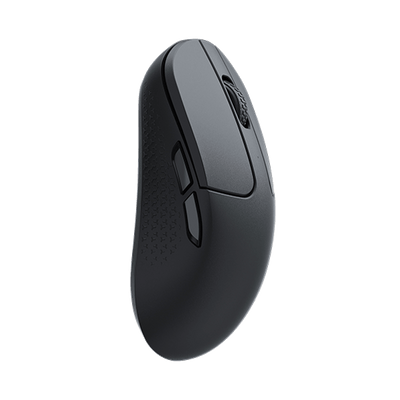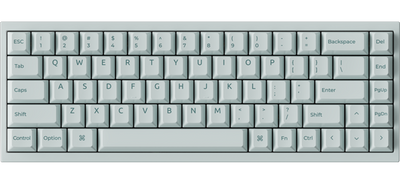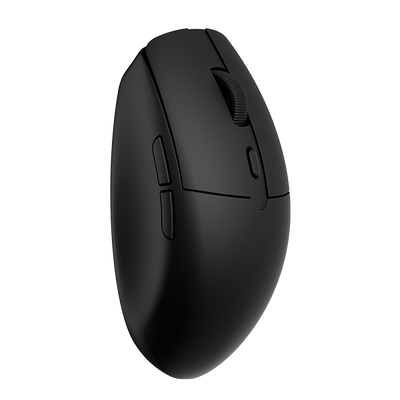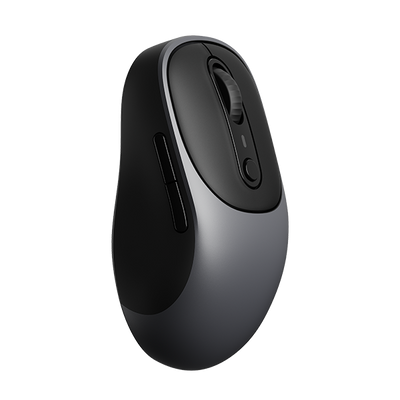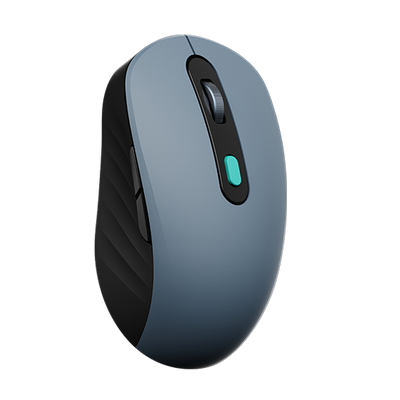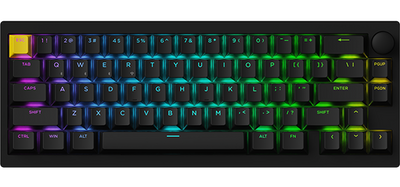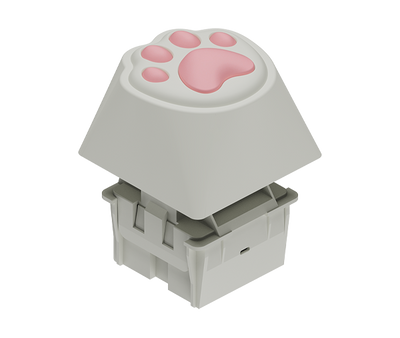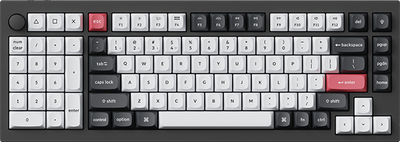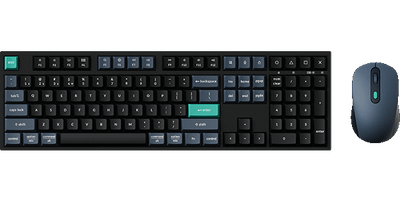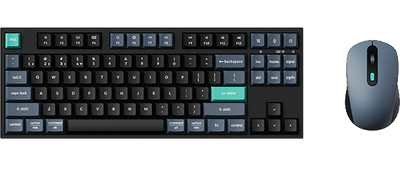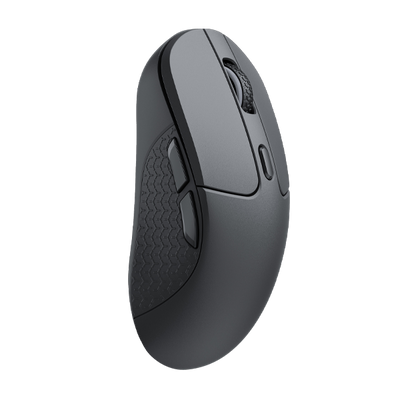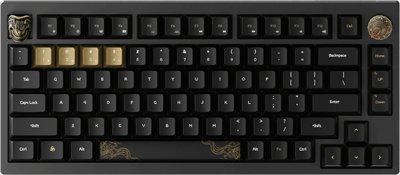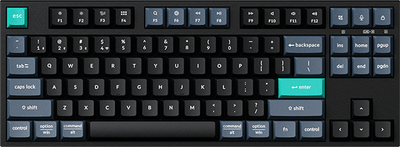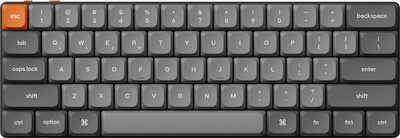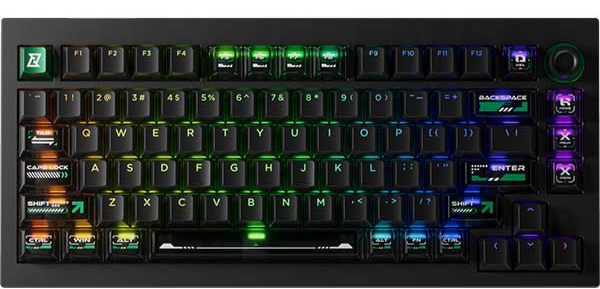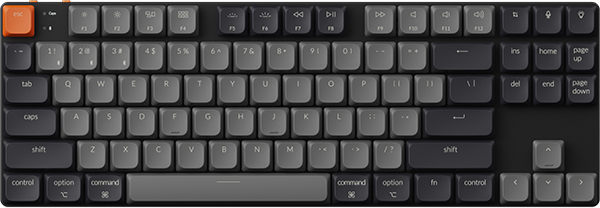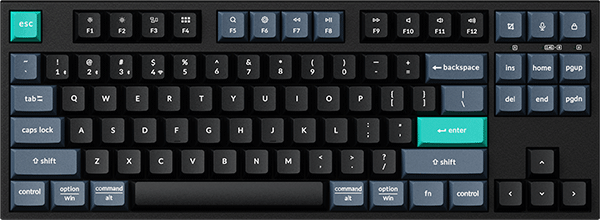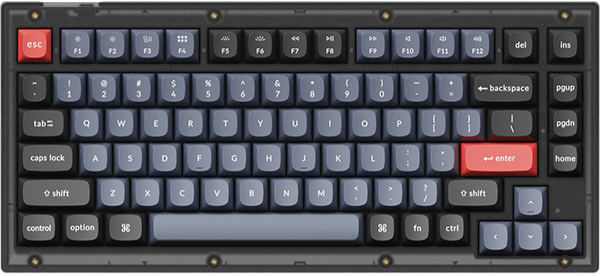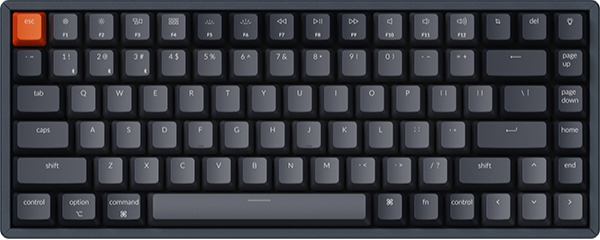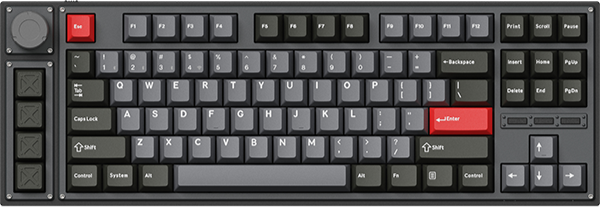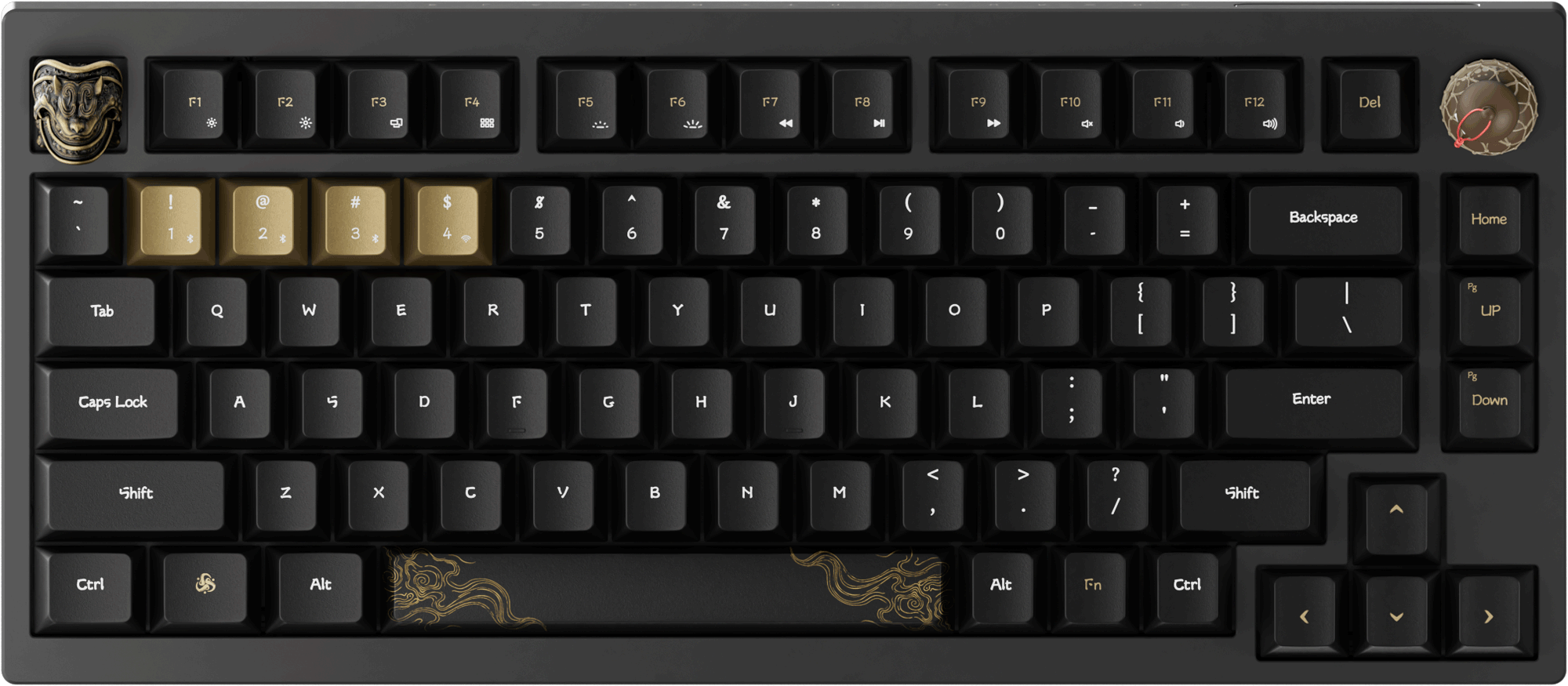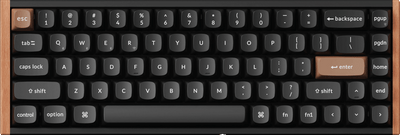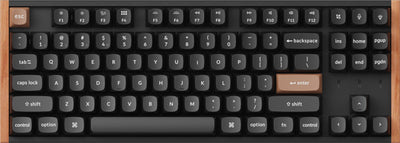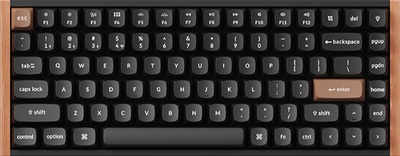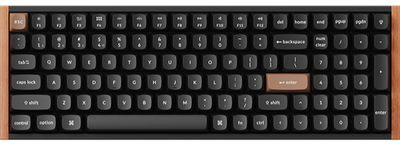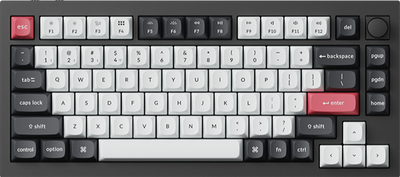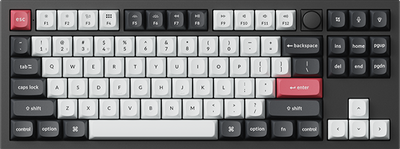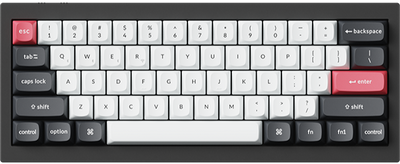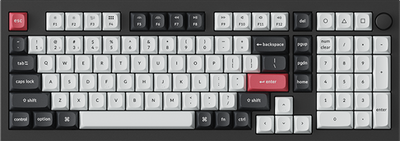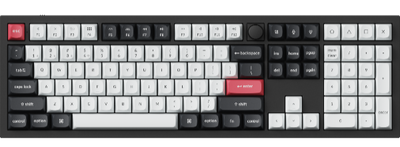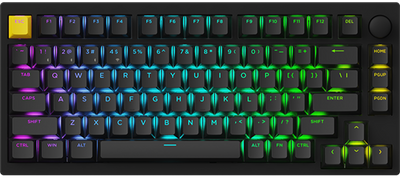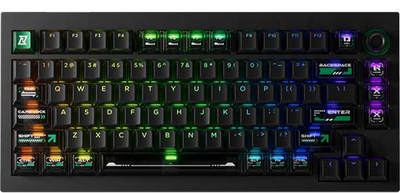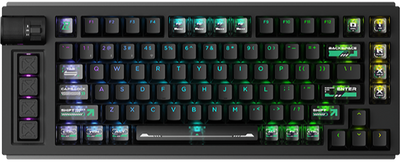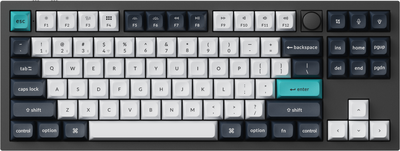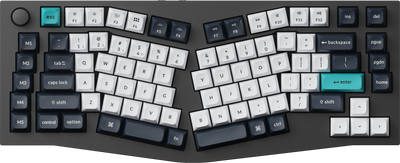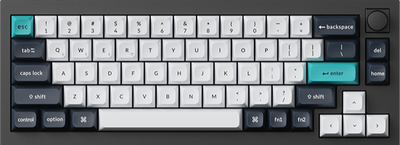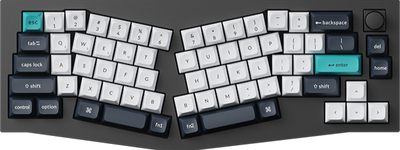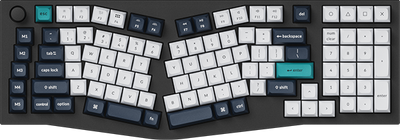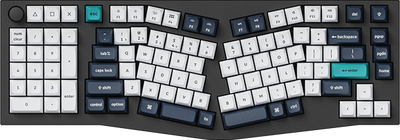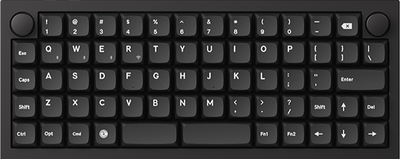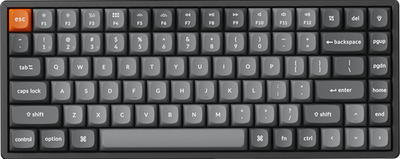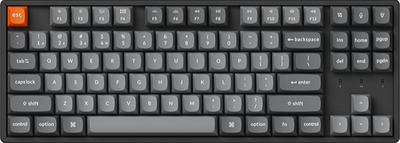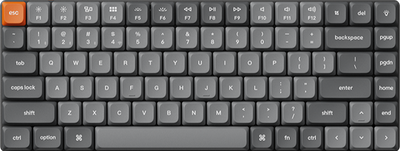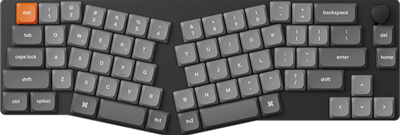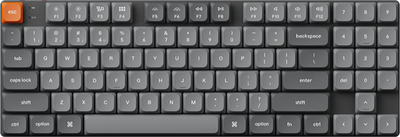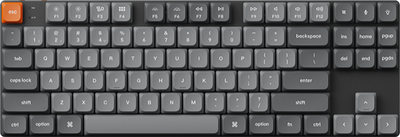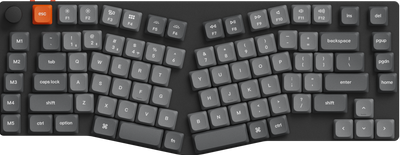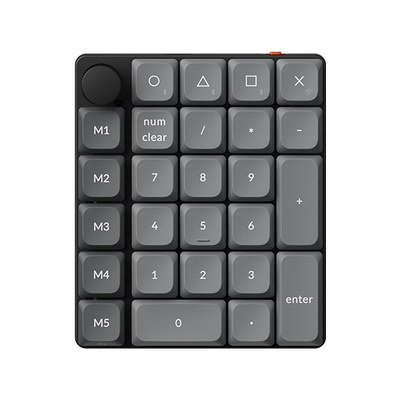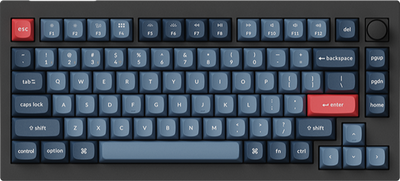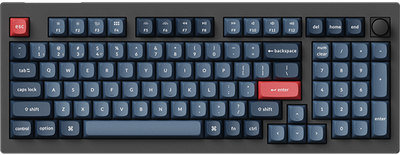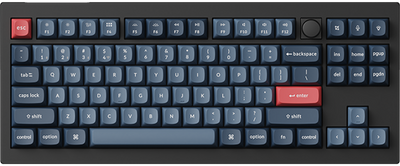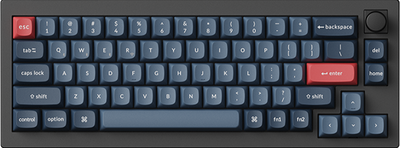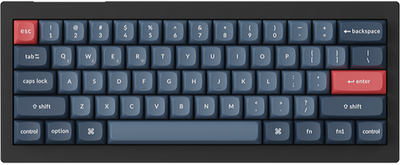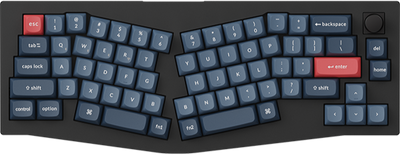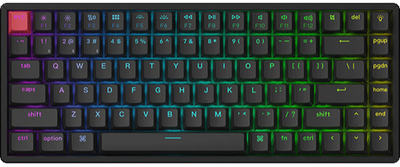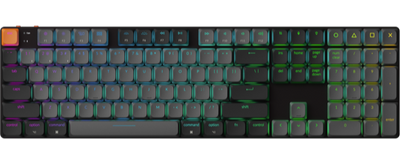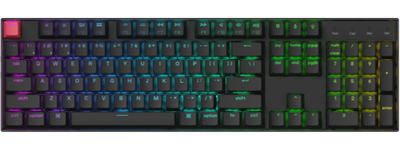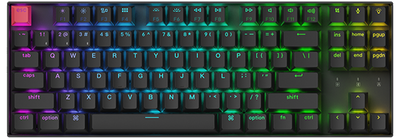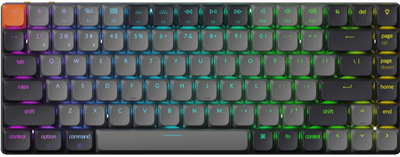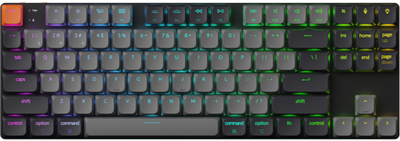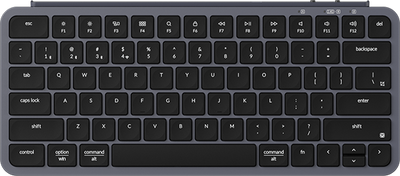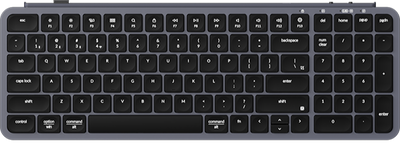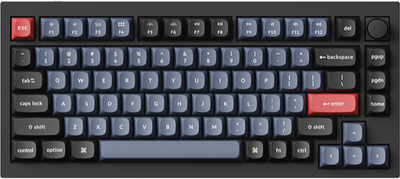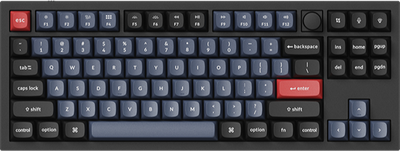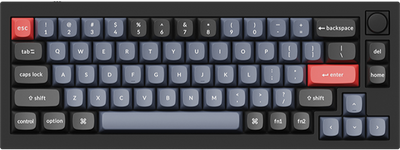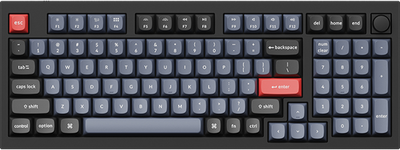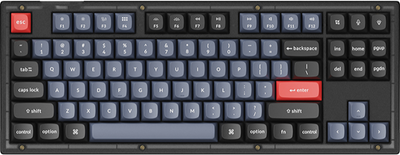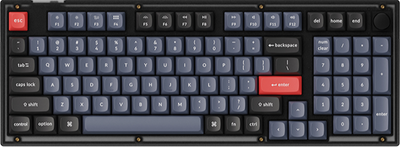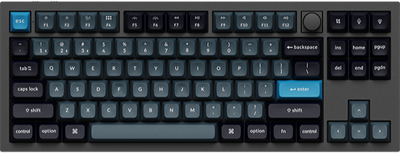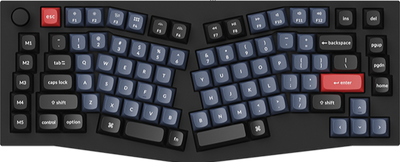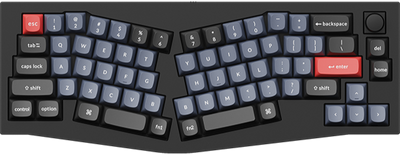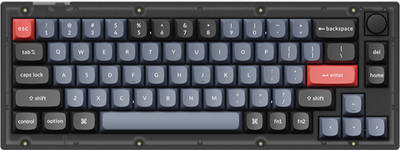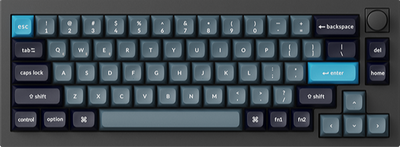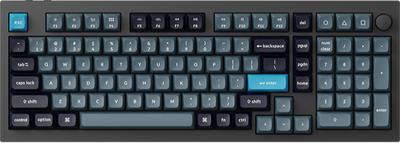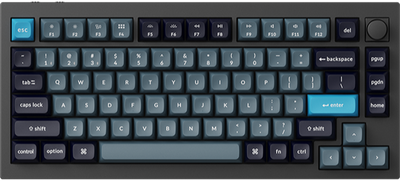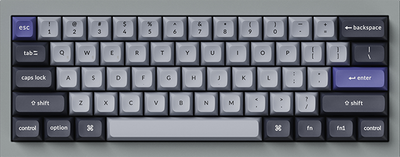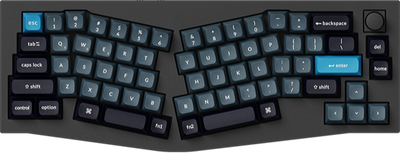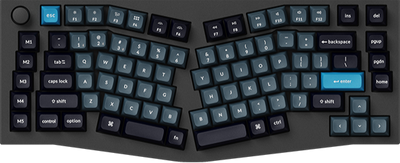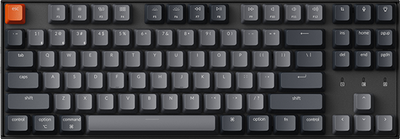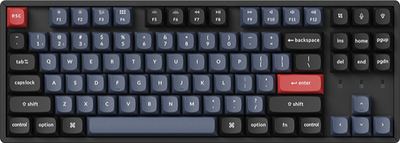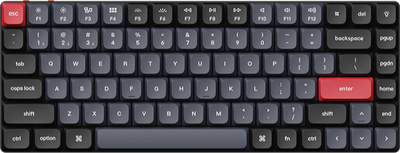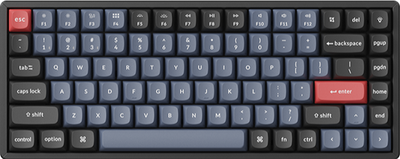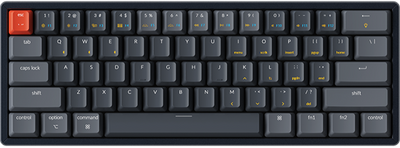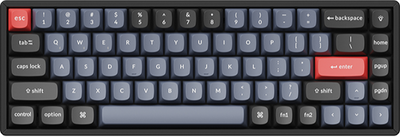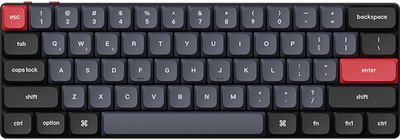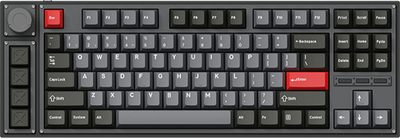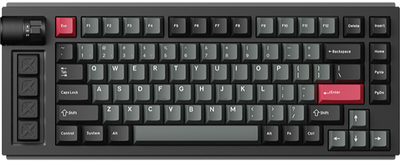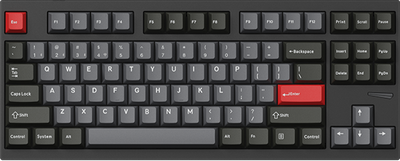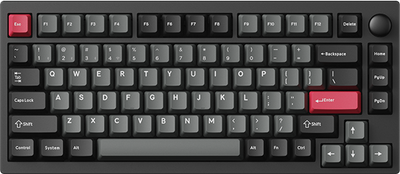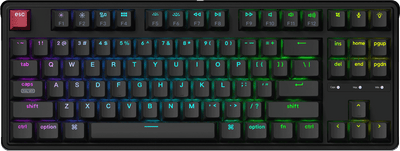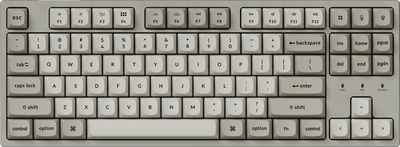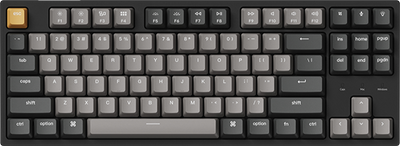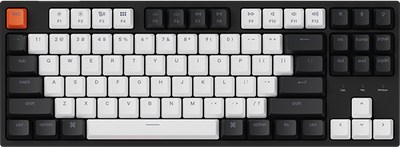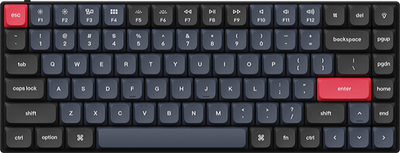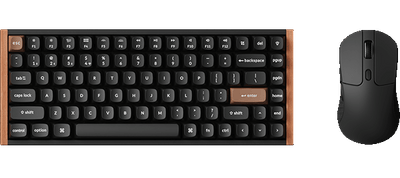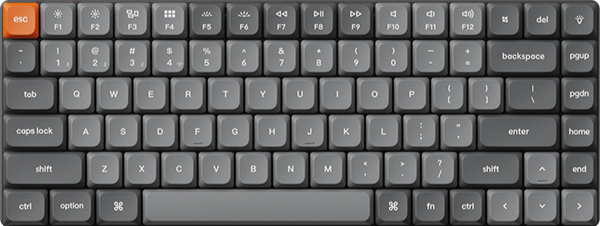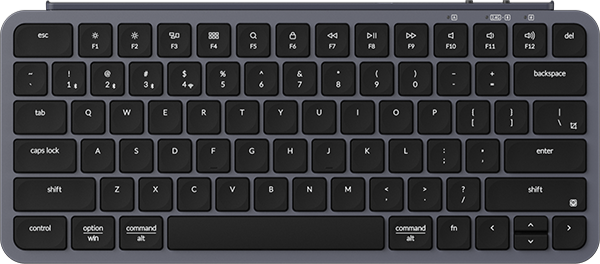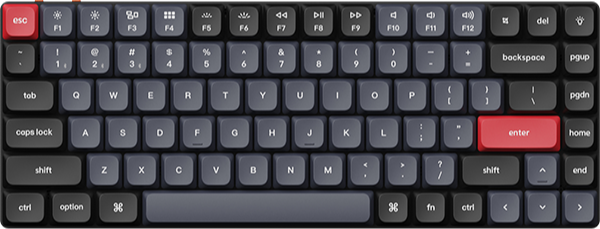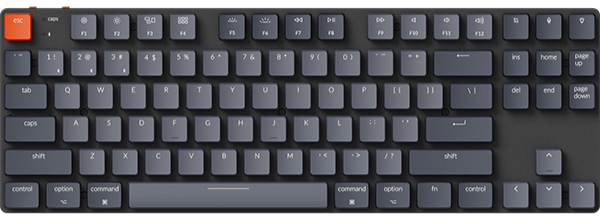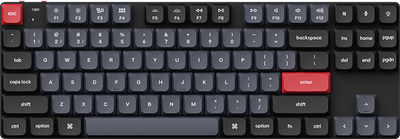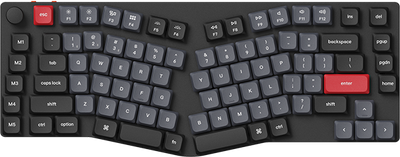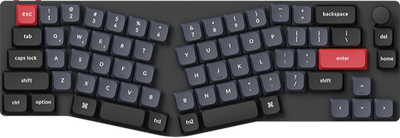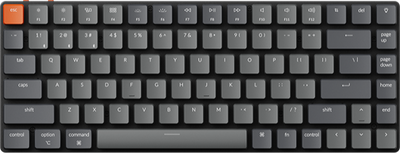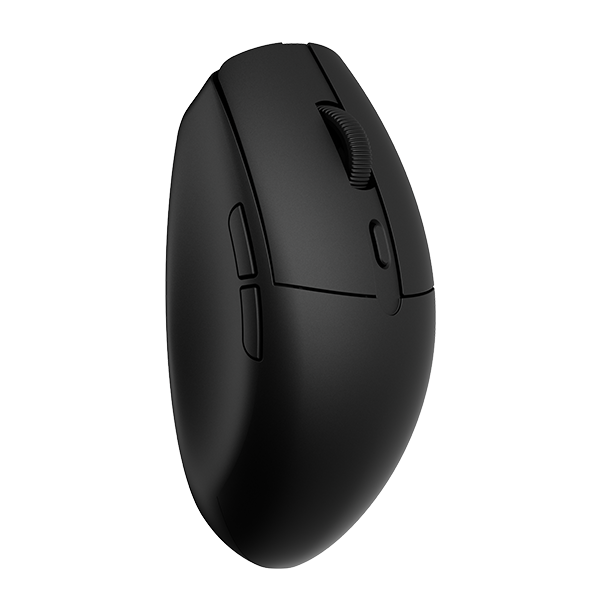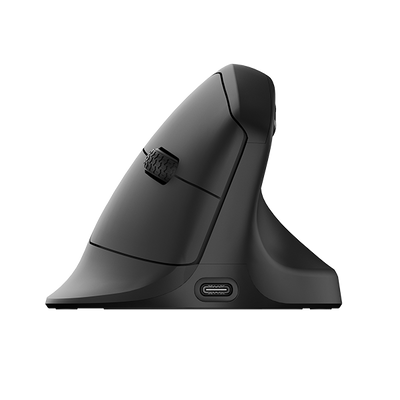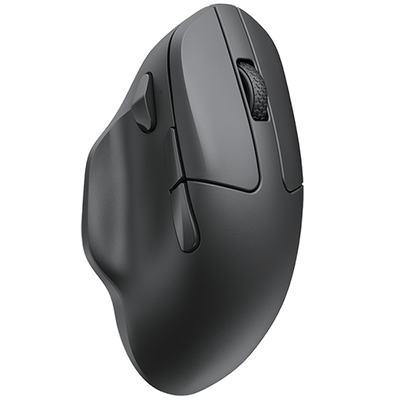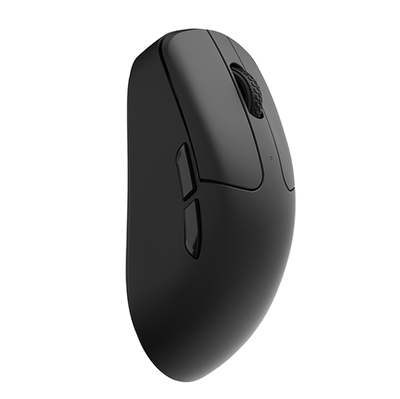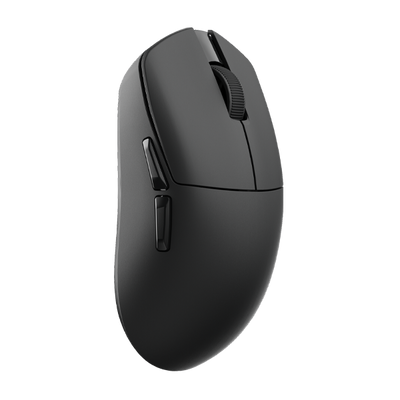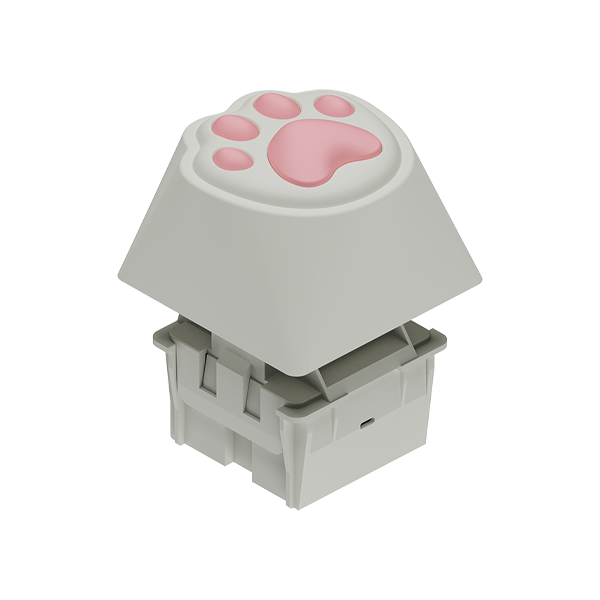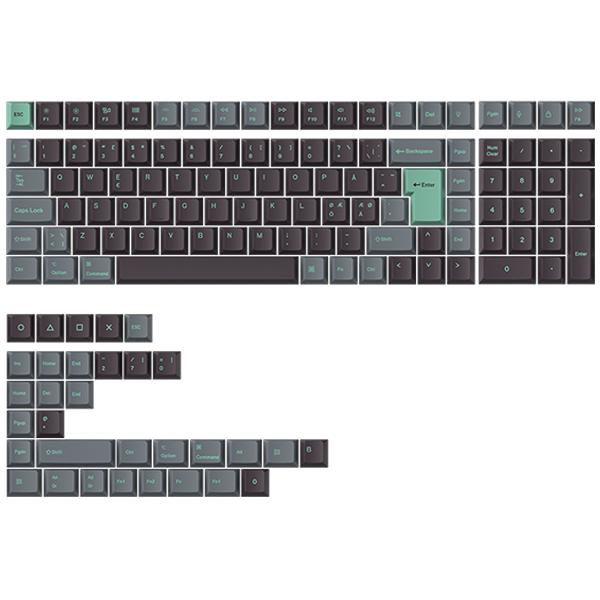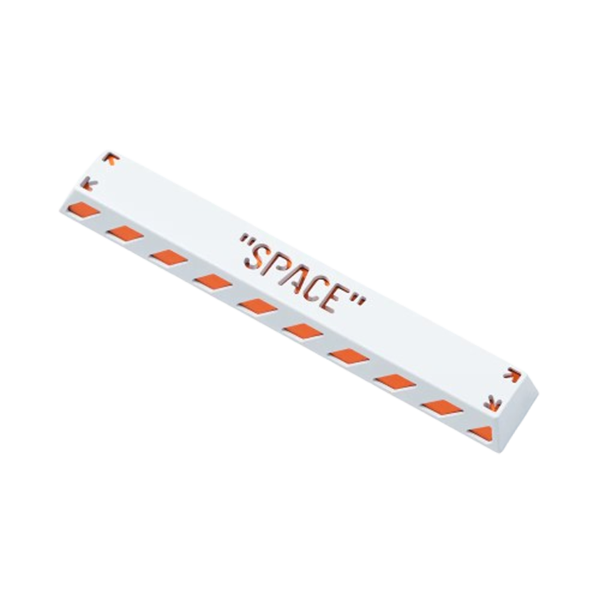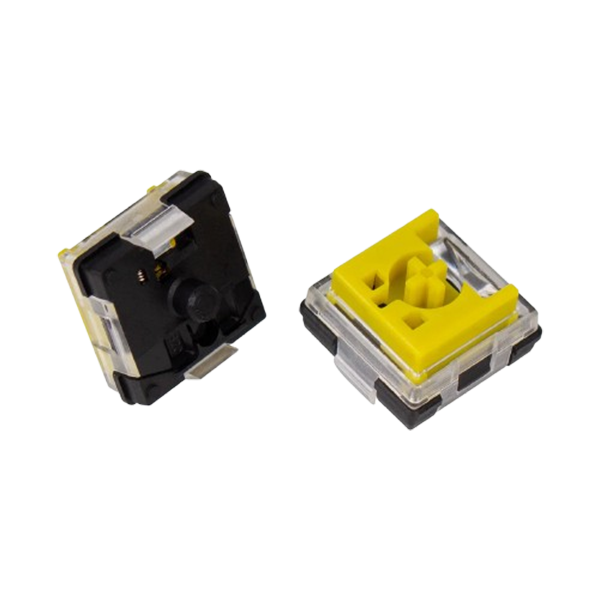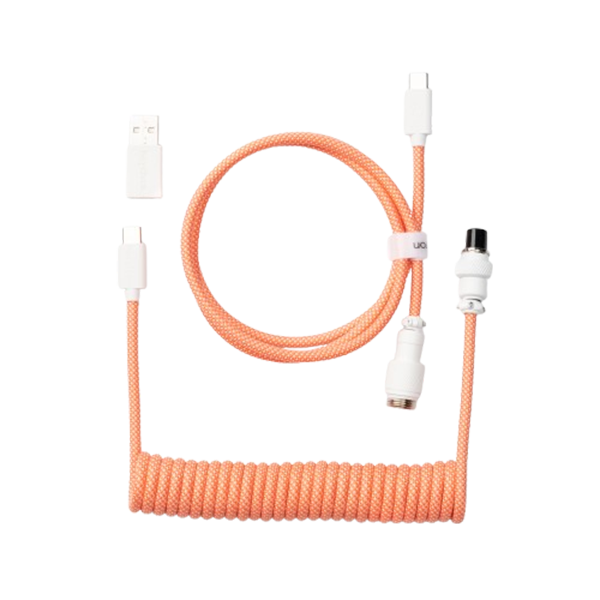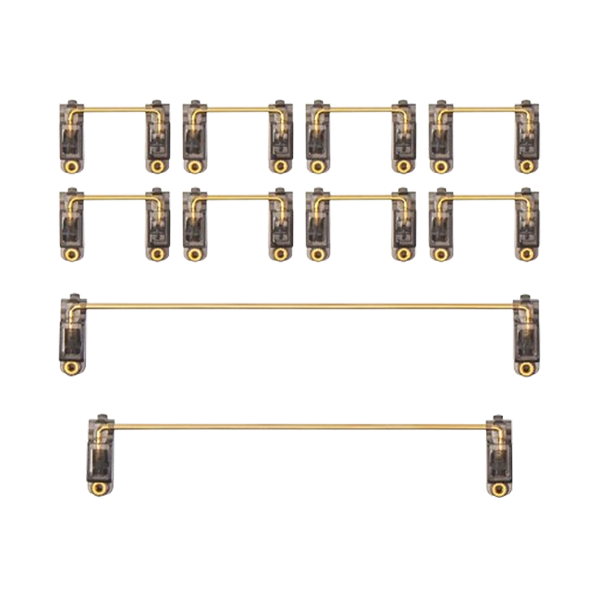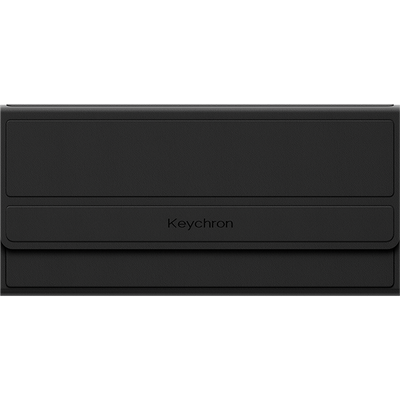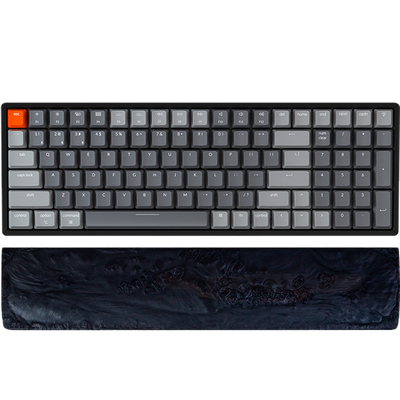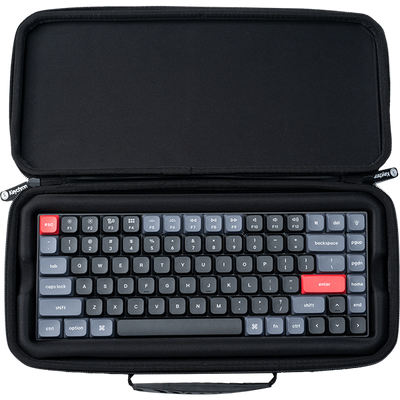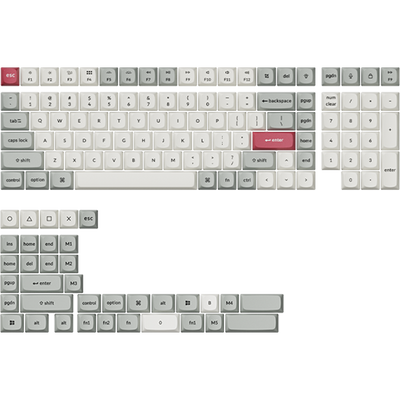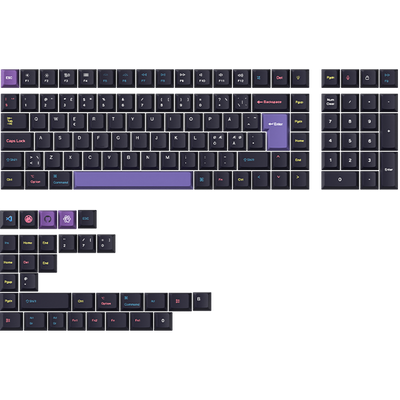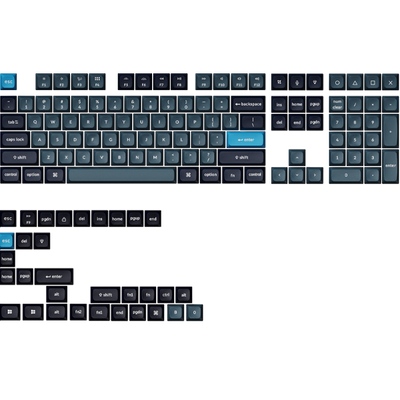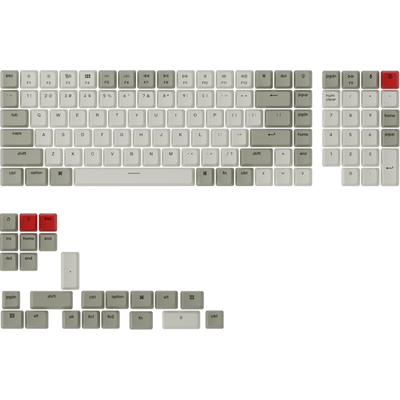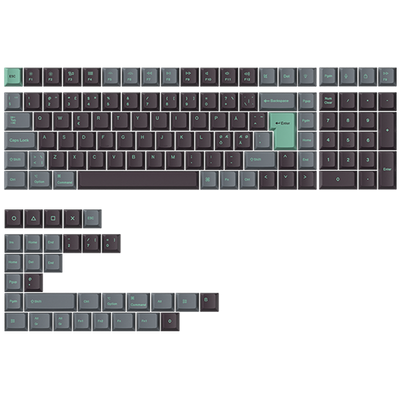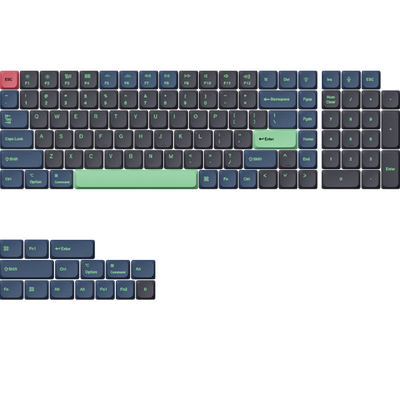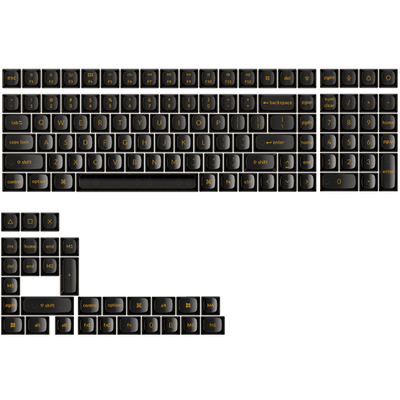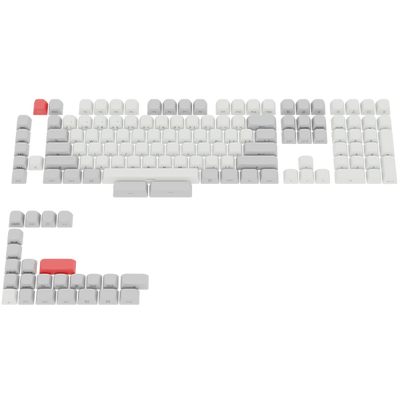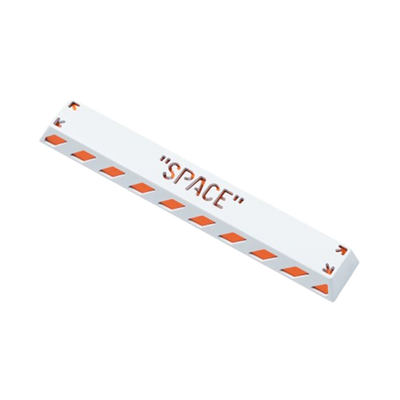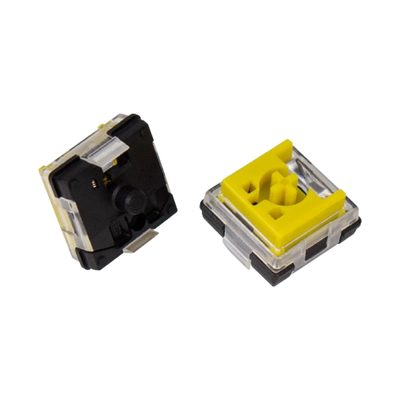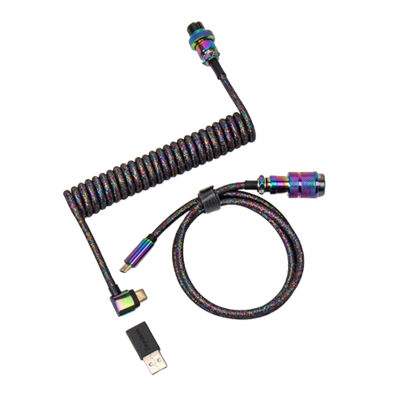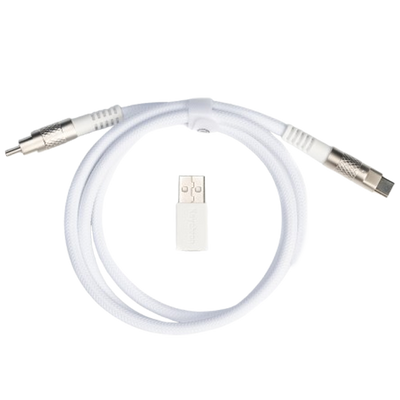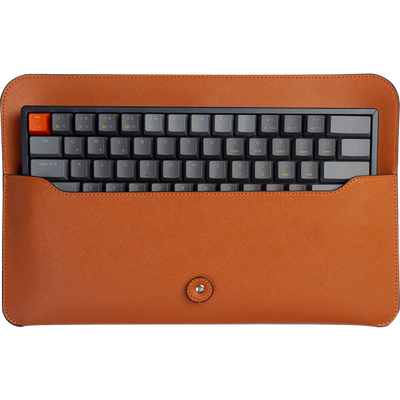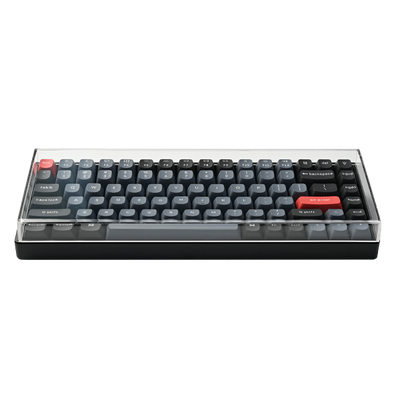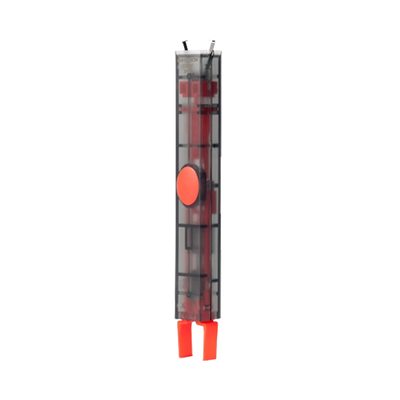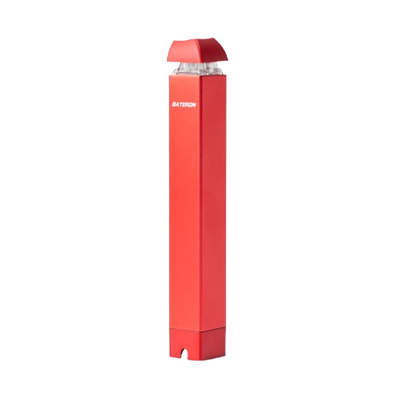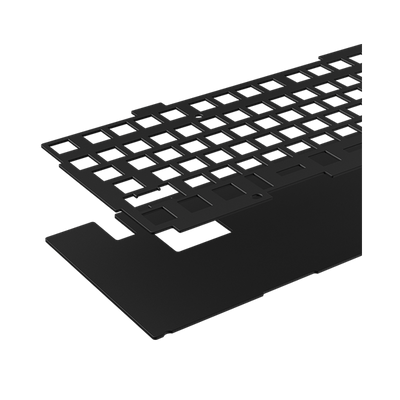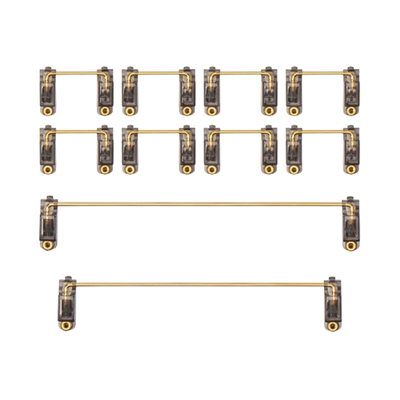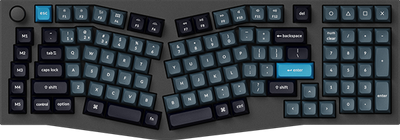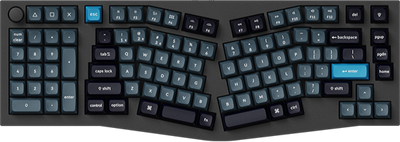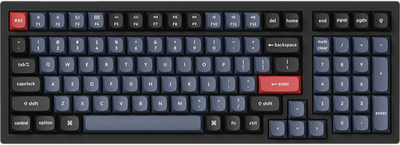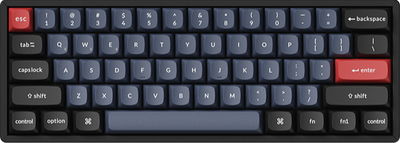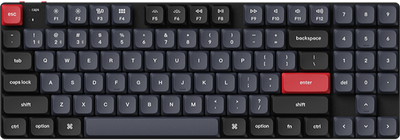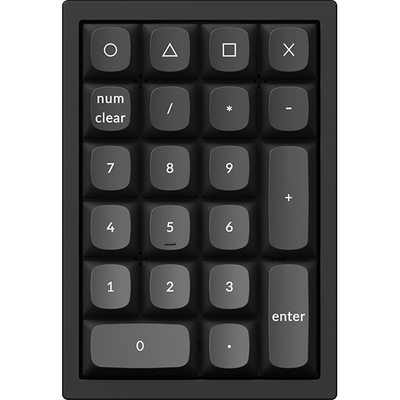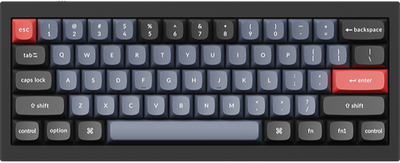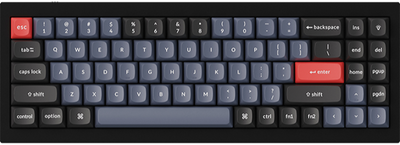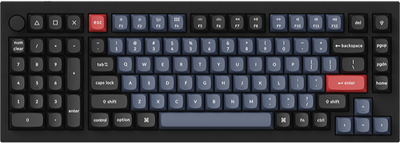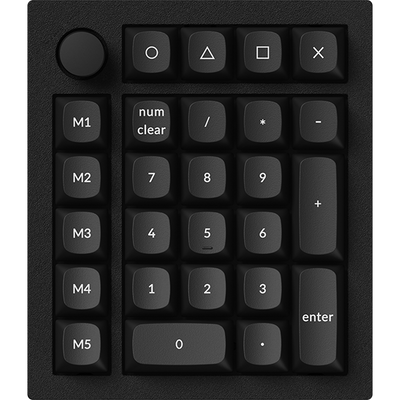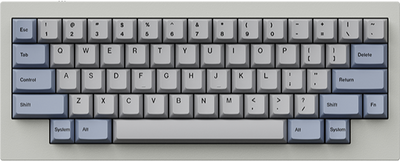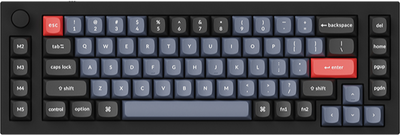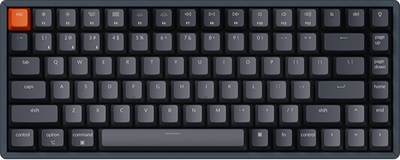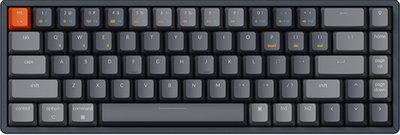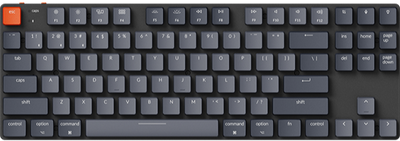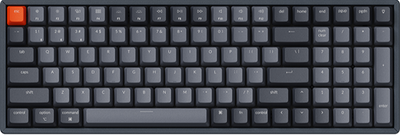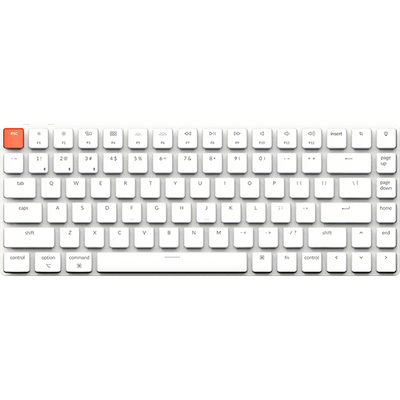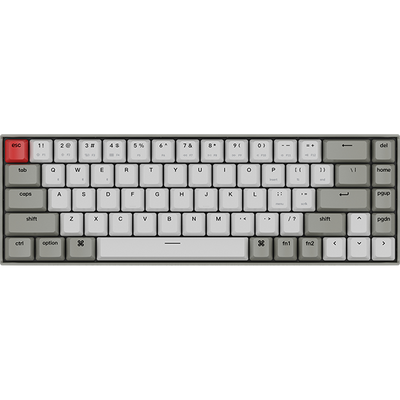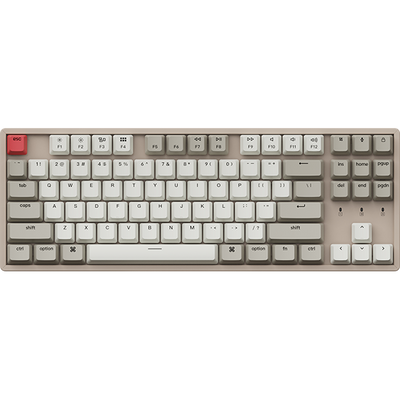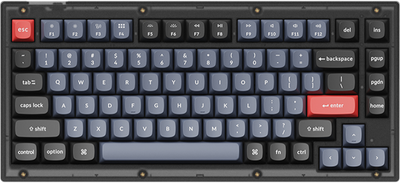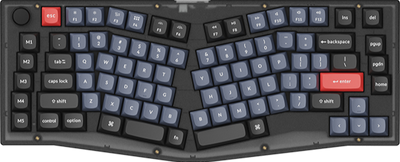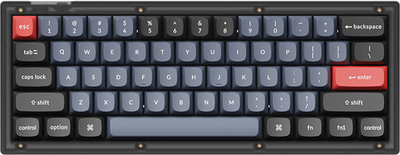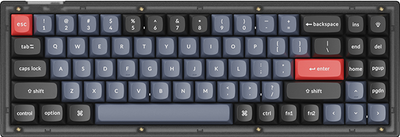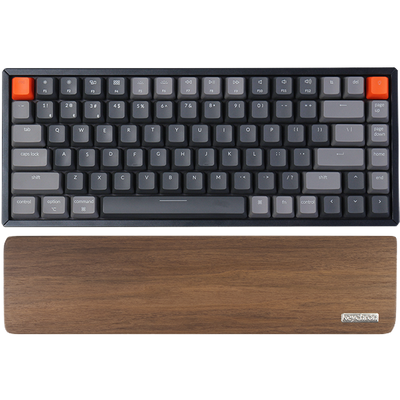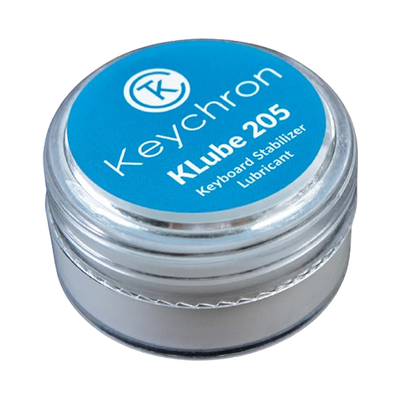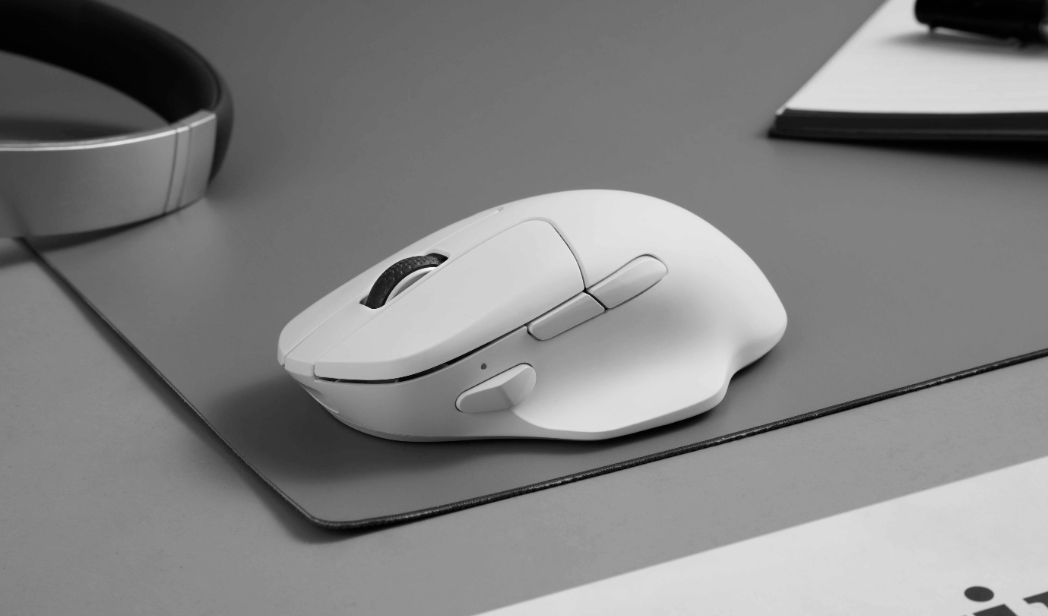Are ergonomic mice worth it? If you’ve ever felt wrist pain or numb fingers after long hours at your computer, you’ve likely wondered if these uniquely shaped mice are the answer.
The truth is, ergonomic mice are designed to reduce hand and wrist strain, and many people find real relief by switching. While they aren’t a one-size-fits-all solution, research and user experiences show they can make work and gaming more comfortable.
With options for different needs and styles, it’s easier than ever to find the right fit. Curious if an ergonomic mouse could help you? Read on to discover more!
What Is an Ergonomic Mouse and How Is It Different?
An ergonomic mouse is shaped to fit your hand and reduce strain on your wrist and fingers. You’ll see several design options, so you can pick what matches your habits best.
Definition and Key Features
Ergonomic mice support a natural hand position. Unlike standard mice, these aim to cut down on awkward wrist movements and let your fingers relax while you click or scroll.
Key features often include:
- Shaped grip that matches the curve of your palm
- Buttons that sit under your fingertips for easy access
- Materials that offer a non-slip, comfortable feel
- Customizable settings for sensitivity and button functions
Placing your hand in a more relaxed position can lower the risk of repetitive strain injuries. Some models keep your hand in a "handshake" position, which feels way less stressful for your arm and wrist.
Many ergonomic mice let you tweak cursor speed or assign special commands to the buttons. This can speed up your daily tasks and cut down on fatigue from long hours at the computer.
Types: Vertical, Trackball, and Other Designs
There are a few main types of ergonomic mice, and each comes with its own perks:
|
Type |
Key Feature |
Benefit |
|
Vertical |
Upright "handshake" shape |
Keeps wrist in neutral position |
|
Trackball |
Stationary, ball for movement |
Reduces arm and wrist movement |
|
Sculpted |
Curved to fit palm |
Even weight distribution for comfort |
Vertical mice stand upright and might feel odd at first, but they keep your wrist and forearm lined up. Trackball mice stay put; you roll a ball with your fingers or thumb instead of moving the whole mouse.
This is handy if you’ve got a cramped desk or you just want to keep your arm still. Other ergonomic shapes include sculpted or contoured designs that hug your hand. Some suit right- or left-handed folks, and many go wireless to cut down on cable clutter.
Trying out different shapes and sizes helps you figure out what feels best for your work or gaming. Not every type works for everyone, so matching your choice to your daily habits is key.
Do Ergonomic Mice Really Help With Pain and Injuries?

Switching to an ergonomic mouse can change how your hand, wrist, and arm feel at your desk. Research, expert takes, and plenty of user stories say ergonomic mice may help with discomfort, especially for certain conditions.
Evidence and Expert Opinions
Most experts say ergonomic mice can improve your posture and reduce strain. A 2023 study found that angled or vertical mice lead to a more natural wrist position, which lowers the risk of repetitive strain injuries.
Groups like the American Academy of Orthopaedic Surgeons recommend ergonomic devices for anyone who spends hours on the computer. Ergonomists point out that upright designs relieve pressure on nerves and tendons, especially compared to flat mic.
But not everyone gets the same results. Some studies note that switching to an ergonomic mouse helps most if you already feel pain or discomfort. If you don’t have symptoms, you might not notice much difference.
Who Should Use an Ergonomic Mouse?
Consider an ergonomic mouse if you have:
- Wrist, hand, or forearm pain during or after computer use
- Carpal tunnel syndrome or symptoms like tingling and numbness
- A job that requires hours of daily mouse use
- Past injuries or surgeries affecting your hand or wrist
Ergonomic mice aren’t just for adults. Teens and students who spend ages on the computer might benefit too, especially if they already feel some discomfort. If you’re pain-free and don’t have risk factors, you may not notice much change.
Pros and Cons of Ergonomic Mice
Pros:
- Encourage a more natural hand and wrist position
- May lower risk of repetitive strain
- Can ease pain if you already have injuries
Cons:
- Take time to get used to and might slow you down at first
- Cost more than standard mice
- Not every design fits every hand shape or size
Finding the right model and size matters a lot. An ergonomic mouse only helps if it matches how your hand moves and feels natural for you.
How to Choose the Right Ergonomic Mouse
Focus on features that fit your needs, so you can avoid discomfort and keep your posture healthy.
Key Features to Look For
Hand size is a big deal. Some mice work better for smaller hands, others for bigger hands. Use a mouse that fits your hand well to steer clear of muscle strain.
Grip style changes things too. If you use a palm grip, look for a mouse with a broad, curved surface. Claw and fingertip grips usually work better with smaller, lighter models.
Button placement should feel easy and natural to reach. Extra buttons can be handy for shortcuts, but only if you don’t have to stretch or twist your fingers awkwardly.
Form factor matters as well. Vertical mice can cut down on wrist rotation, which might lower your carpal tunnel risk. Trackball designs help if you have almost no desk space.
Choose wired or wireless based on your workspace. Battery life and wireless range matter if you like to move around or use more than one device.
Get the Best Ergonomic Mice from Keychron
Keychron offers a bunch of ergonomic mice focused on comfort, customization, and modern features. You’ll find something here whether you’re gaming, working, or just looking to give your wrist a break.
Keychron M7 Wireless Mouse
The Keychron M7 balances affordability, comfort, and reliability. The price is friendly for students and pros alike.
The M7’s ergonomic shape provides solid palm support for most hand sizes. It’s wireless, so you can ditch the cord clutter. Battery life lasts for days on a single charge, which is always nice.
You get responsive buttons and a smooth scroll wheel. The M7 handles everyday tasks and light gaming just fine. Its lightweight feel and steady performance make it a solid entry-level pick if you want a functional ergonomic mouse.
Keychron M5 Wireless Ergonomic Mouse
The Keychron M5 stands out with its unique ergonomic design. It has a 47° angled surface that encourages a more natural hand position, which helps reduce wrist strain.
The M5 gives you five programmable buttons and dual scroll wheels. You can customize these with the Keychron Launcher app, which is great for power users who want shortcuts tailored to their workflow.
Wireless tech keeps your desk neat, and the battery keeps up with long days. The M5 works well if you spend hours on the computer or want extra features for productivity. Its design especially appeals to people who want comfort and customization.
Keychron M6 Wireless Mouse
The M6 targets users looking for advanced performance, whether for work or gaming. It comes with a curved shape and lightweight build to keep your hand comfy and cut down on fatigue.
Noteworthy features include a high 4,000 Hz polling rate and dual scroll wheels, like you’d see on high-end gaming mice. The M6 offers a good grip and control, even for smaller hands, though the narrow shape might not suit everyone.
You can tweak the settings and use it with lots of devices. The M6 handles multitasking, creative work, and games well. If you need a mouse that keeps up with fast-paced work and keeps your wrist happy, the M6 is a strong pick.
Final Verdict: Are Ergonomic Mice Worth It?
Choosing an ergonomic mouse keeps your wrist and arm in a more natural “handshake position,” reducing awkward strain from flat mice.
Many users report less wrist pain and muscle fatigue after switching, though it may not resolve serious injuries. While there’s a short adjustment period and a higher price, the comfort is worth it for most people.
Remember, finding the right shape and size is key. For even more ergonomic comfort, explore Keychron’s ergonomic keyboards and palm rests to complete your healthy desk setup!
Frequently Asked Questions
Do ergonomic mice actually help?
Yeah, ergonomic mice are shaped to fit your hand more naturally. They let you hold a relaxed grip and keep your wrist straighter. Plenty of people say they have less hand and wrist pain after making the switch.
Should I get an ergonomic mouse pad?
If your wrist or forearm gets sore, a mouse pad with wrist support could help. These pads keep your wrist at a comfy angle and add some cushioning. Still, not everyone needs one—if your desk is already set up pretty well, you might be fine without it.
How do you know if you need an ergonomic mouse?
If you get aches, numbness, or tingling after using a regular mouse, it might be time to try an ergonomic one. People who spend long hours at a computer or have repetitive strain issues tend to benefit most.
Are ergonomic mice better for carpal tunnel?
Ergonomic mice can ease pressure on the median nerve in your wrist, which plays a role in carpal tunnel syndrome. Some experts and studies say a neutral wrist position—something ergonomic mice help with—can reduce symptoms. But let’s be real, they’re not a magic cure.
How long does it take to get used to an ergonomic mouse?
It usually takes anywhere from a few days to a couple weeks to feel comfortable. Your hand and grip just need time to adjust. Most folks say the weirdness goes away once they use it regularly.
What is the adjustment period for transitioning to an ergonomic mouse?
Everyone’s different, but most folks get used to an ergonomic mouse in about a week or two. Try using it for short bursts at first—don’t force it.
Let your hand ease into it, and bump up your usage as you go. Remember to take breaks and check in with your comfort level. That way, you’ll probably have a smoother transition (or at least fewer complaints from your wrist).


